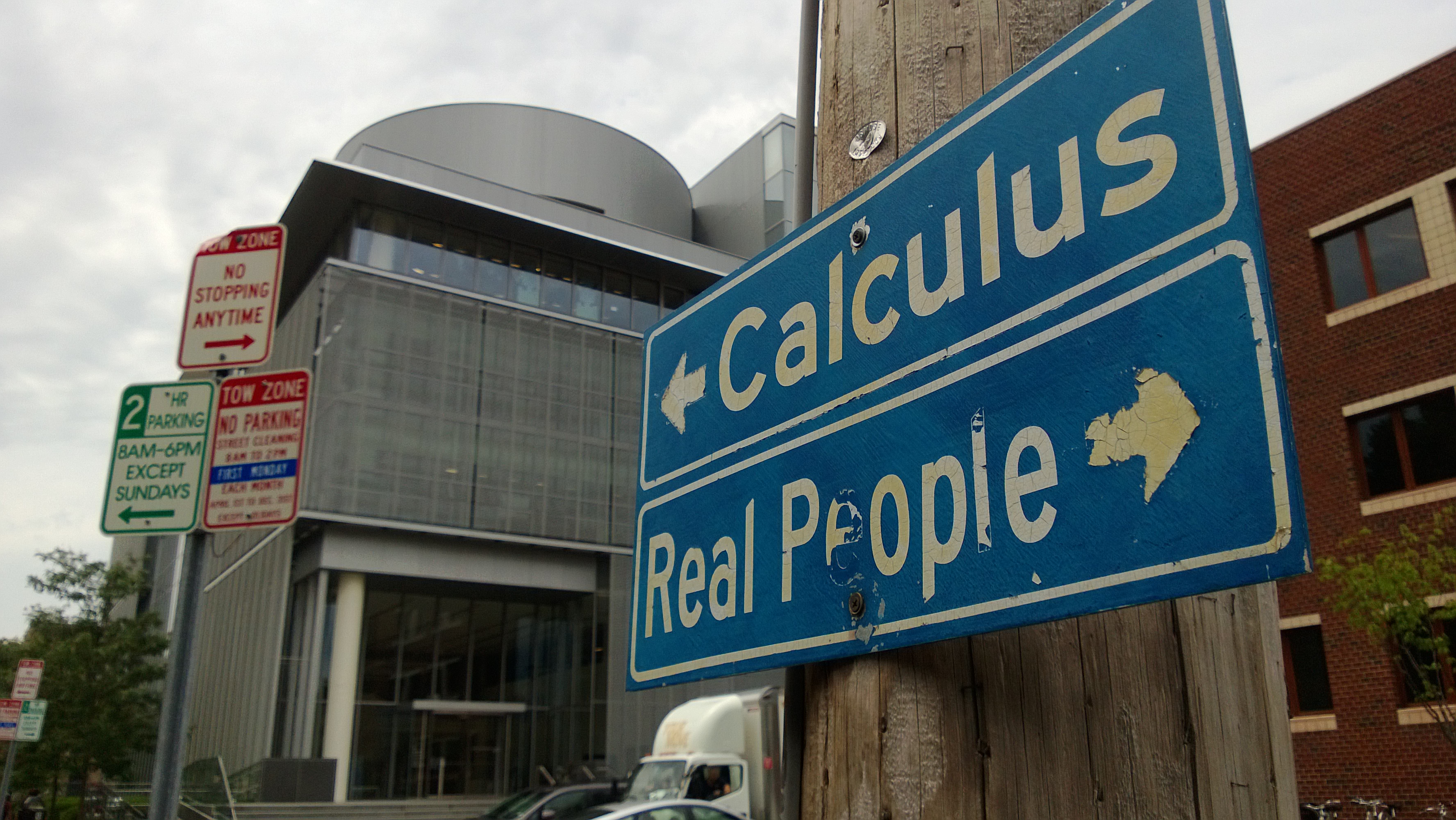
Image: Flickr.com
Excuse the cliche, but one could not swing a dead cat without hitting an adult who thinks adolescents of this generation are “out of touch.” Often, baby boomers can be heard describing us as “present, but not really present.” They are referring, of course, to our dependency on technological devices to communicate. While there are many sides with convincing arguments on this topic, I found a new perspective while writing posts for my blog as well as commenting on the blog of others’. I learned how to better present my own thoughts in addition to communicating with others. In this way, I learned that while technology can isolate us, it can also bring us together.
The first few posts, I admit, felt awkward. Most students dread the thought of writing for peer review. I often had a hard time deciding what to write about while considering the fact that my classmates would be reading it.
After time, however, I finally adapted the “we’re all in this together” mentality and wrote, and commented, more freely. Once one accepts the common goal of a group, it becomes much easier to complete a task.
Despite this newfound comfort, however, there was a new challenge: commenting on the blog of a non-OHS student. This was daunting at first because my original mentality was no longer applicable. The foreign bloggers were not “in this” with us and our motives, from their perspective, for starting a conversation were no longer assumed to be “I want to get an A.”
Among the outside blogs that I commented on were a forum for discussing the growth and exportation of the Hass Avocado and another documenting one man’s experience in eating insects. Despite the initial awkwardness, I found that it was easier to be earnest and thorough in my comments when I was genuinely interested in the topic of discussion.
In the end, I found that this is the main goal of blogging: becoming comfortable enough to be able to utilize the internet for communicating with others on topics that interest you- becoming part of a community you wouldn’t otherwise been able to participate in.




